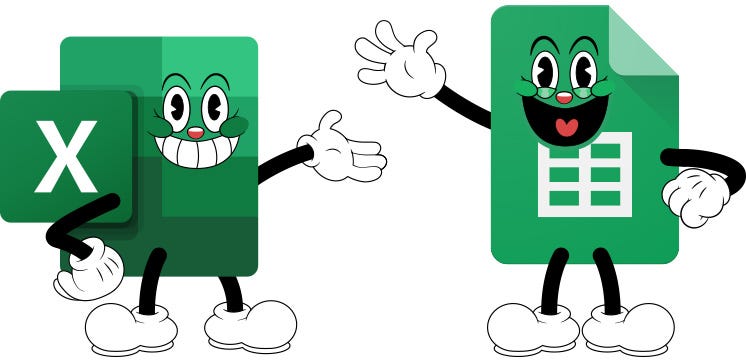How To Calculate Confidence Intervals for Usability Tests in Excel & Google Sheets
Tutorials & Downloadable Cheat Sheets
Summary: Incorporating confidence intervals into your usability test findings transforms vague assertions into data-driven probabilities. This article details how to calculate confidence intervals for task completion rates, and time-on-task.
As UX Researchers, we are all too familiar with the weight of data analysis on our shoulders, especially when it comes to usability tests. Imagine you have a software test with five participants who flawlessly perform a task in the newly developed version of your software. This would seem to indicate absolute success, right? However, your experienced instincts might rightly question whether this success rate would hold in a larger test group of 50 or even 1000 participants. And from the other side, how many times have stakeholders argued sample size relevance with you when they didn't like the outcome of a study you ran? "You only tested five people; that's not statistically significant! We can't do anything with these findings." Sound familiar?
Here's where integrating confidence intervals into your analysis can provide a more precise answer to these questions. Shifting from "trust me" to probability percentages transforms the dynamics of UX research-related conversations in a natural way. It takes the burned off of stakeholders to try and interpret your findings. And it infuses your presentations with a level of sophistication that will demonstrate your advanced expertise in the field, which is much more effective for persuading user-centered decisions.
About This Article
This article is set up into two sections:
Section 1: Calculating confidence intervals for task completion
Section 2: Calculating confidence intervals for time-on-task
Each section starts with a step-by-step tutorial on how to do these calculations in Google Sheets and Excel. Each tutorial also contains a downloadable cheat sheet to reference in your daily work. Then each section goes deeper into the theory and formulas behind the step-by-step tutorials for those of you that want to understand what the tools and formulas are doing and why they are important. These post-tutorial sections use real-world examples to make the concepts digestible and easy to follow.
Section 1: Confidence Intervals for Task Completion
Google Sheets & Excel Tutorial
Keep reading with a 7-day free trial
Subscribe to UX Research in the Wild to keep reading this post and get 7 days of free access to the full post archives.



